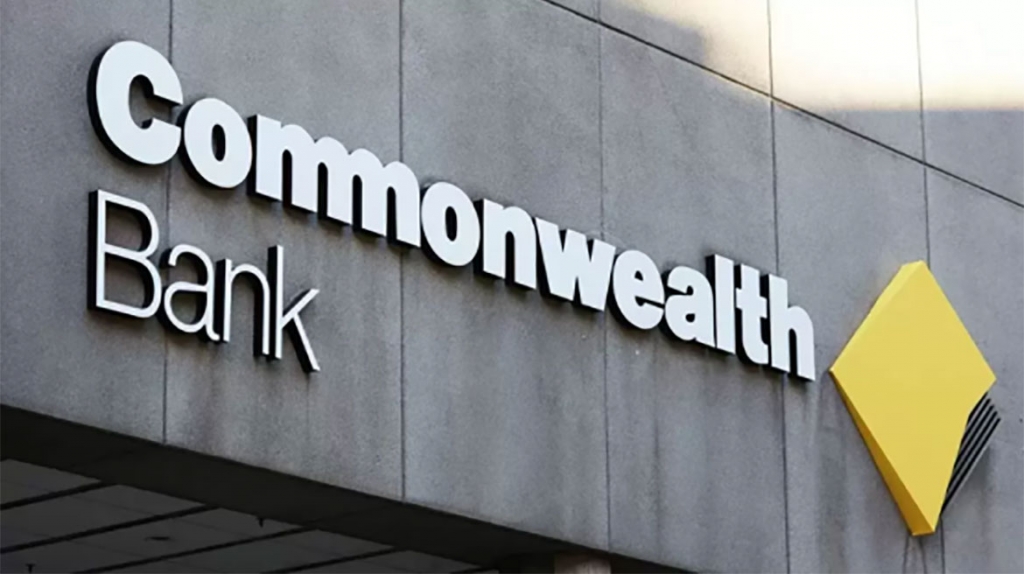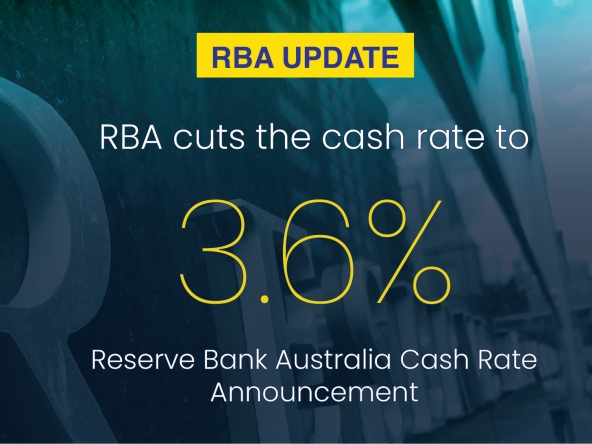
Commonwealth Bank of Australia (CBA) is Australia’s largest financial institution. It provides diversified financial services covering retail, commercial, institutional, investment, insurance, wealth management and brokerage services with over 16 million clients.
Commonwealth Bank of Australia releases its full-year results on Wednesday, August 10. Analysts and investors were more interested in the lender’s forward guidance for the year ahead than earnings results amid the Reserve Bank of Australia’s (RBA) announcement of four straight months of interest rate hikes and a total of 175 basis points of monetary tightening. On the other hand, the big four banks have all passed on the rate hikes to customers, while limiting the rise in deposit rates, offering higher net interest margins.

Between the 2021-22 financial year, Commonwealth Bank of Australia posted a net profit of A$9.7 billion, with its preferred measure of cash profit, excluding a series of one-offs, rising by 11 percent to A$9.6 billion. Profits have grown despite a sharp drop in net interest margin (NIM) – the difference between the rate at which banks borrow money and the rate at which they lend it and its main source of profit. NIM fell 0.18 percentage points to 1.9% due to lower home loan margins in an ultra-low interest rate environment. Analysts expect NIM to grow as the recent spike in interest rates is passed all on to mortgage borrowers but only partially to savers.
Commonwealth Bank of Australia made up for a fall in its lending margins by increasing home loans by 7.4 per cent and business loans by 13.6 per cent, although its home loan growth was slightly slower than that of its rivals. But Commonwealth Bank said it was confident its customers would be able to keep repaying in the face of rapidly rising interest rates.
At current interest rates, two-thirds of customers are making direct debits in excess of their minimum repayments, though that figure will drop to a quarter if the cash rate rises to the CBA’s peak forecast of 2.6 per cent. More than a third of mortgage customers are paying at least two years early, and about half are at least three months ahead. However, 22% are only paying on time, and 15% are less than a month in advance.
The rise in interest rates in the short-term due to aggressive monetary policy will obviously put pressure on the aforementioned households, thereby affecting solvency assessments, especially for those with high leverage. This can lead to potential non-performing loans or defaults by those highly leveraged customers, increasing the default risk on banks’ balance sheets. On the positive side, Australia’s employment is stable with an unemployment rate of 3.5 per cent, meaning more Australians have jobs and funds to spend and manage debt.
Overall, the Commonwealth Bank of Australia has performed better than analysts expected this earnings season. More importantly, CBA’s CBA earnings report is expected to provide stronger forward guidance given that the market landscape is now more uncertain than it was 6-12 months ago.



